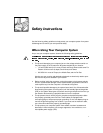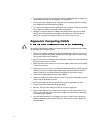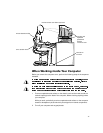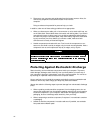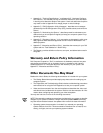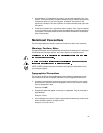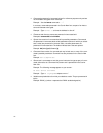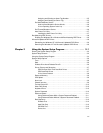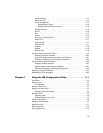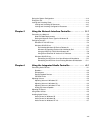
xi
3UHIDFH
$ERXW7KLV*XLGH
This guide is intended for anyone who uses the Dell Precision 210 desktop computer
systems. It can be used by both first-time and experienced computer users who want
to learn about the features and operation of the systems or who want to upgrade their
computers. The chapters and appendixes are summarized as follows:
Everyone should read Chapter 1, “Introduction,” for an overview of the system
features and information on where to get help if you need it.
Everyone should read the first few sections of Chapter 2, “Using the Software
Support Utilities,” to find out which utilities and drivers have been included with
the system. Only users who want to use one of the utilities or drivers need to
read the rest of Chapter 2.
Everyone should read the first several sections of Chapter 3, “Using the System
Setup Program,” to familiarize themselves with this important program. Only
users who want to make configuration changes to their system or who want to
use the password features need to read the rest of Chapter 3.
Users who add or remove an Industry-Standard Architecture (ISA) expansion card
should read Chapter 4, “Using the ISA Configuration Utility.”
Users who want to connect their system to a network should read Chapter 5,
“Using the Network Interface Controller.” This chapter provides information on
connecting the system to a network, configuring the optional network interface
controller (NIC), and installing drivers for the NIC.
Users who need information on the integrated sound features of the computer
system should read Chapter 6, “Using the Integrated Audio Controller.”
Chapter 6 provides information on connecting audio equipment to your computer,
installing audio drivers, and reconfiguring the integrated audio controller.
Chapter 7, “Working Inside Your Computer,” Chapter 8, “Installing System Board
Options,” and Chapter 9, “Installing Drives,” are intended for users who want to
install or remove options inside the computer, such as dual in-line memory mod-
ules (DIMMs), expansion cards, or drives.





